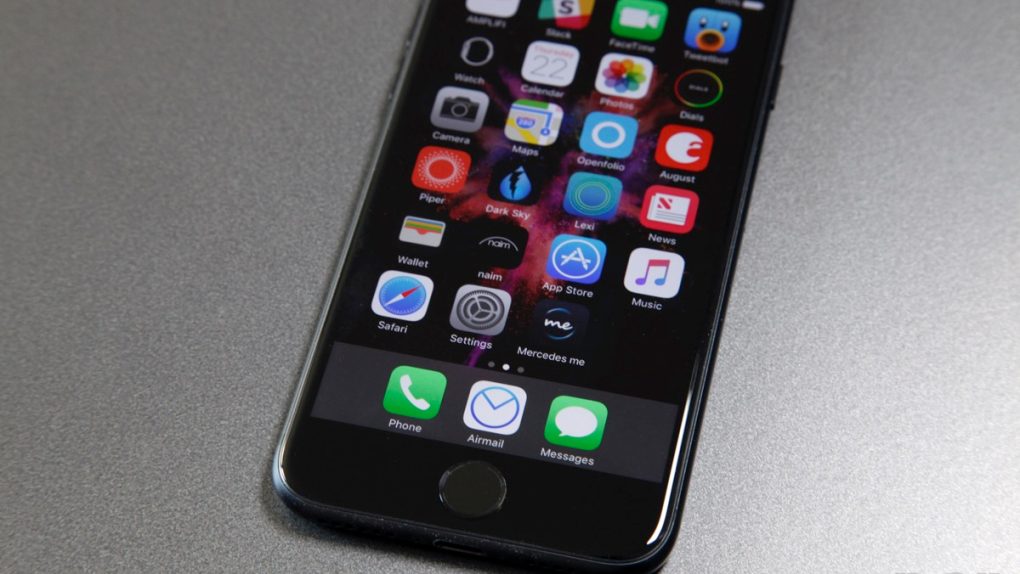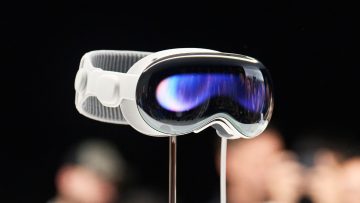Due next year, the iPhone 8 is expected to bring the radical redesign iPhone users have been waiting for. The phone could feature an edge-to-edge OLED display, curved edges, and it might lack a physical home button thanks to Apple’s 3D Touch technology and a new TouchID fingerprint scanner embedded under the screen. At least, that’s what many reports are saying about Apple’s 2017 device. But if there’s one thing that appears to be certain about the 2017 iPhones is that at least one version will have an OLED display, likely made by Samsung.
The South Korean giant won’t be Apple’s only OLED supplier going forward though, as the company is looking to partner with Foxconn-owned Sharp for OLED smartphone screens beginning in 018.
DON’T MISS: Yup, now the iPhone 7 is exploding
Sharp on Friday announced that it will invest roughly $566 million (57.4 billion yen) for the development of OLED production facilities, looking to start mass production by June 2018. Bloomberg has learned that Apple is negotiating with Sharp to secure OLED supply for the next-generation of iPhone devices.
The agreement would depend on Sharp’s output capacity, one source said. Apple apparently doesn’t want to pin its OLED panel needs on just one supplier.
A representative of Sharp said that Friday’s announcement investment would be for smartphone displays, but the person did not identify specific customers. Sharp’s new investment is part of the 200 billion yen invested that the company already committed to OLED display production.
“Apple has unofficially or as a nod encouraged Sharp to go into it,” BGC Partners Inc.’s Amir Anvarzadeh told Bloomberg. “Apple’s general strategy is to increase the competition on the supply side, and dilute the risk exposure to one company.”
“This investment is in response to what Apple is doing,” Ace Research Institute analyst Hideki Yasuda added. “Production isn’t likely to begin until the second half of 2018, so the impact to profit won’t be until after that.”
Apple already accounts for 27% of Sharp’s revenue, according to Bloomberg’s supply chain analysis.








